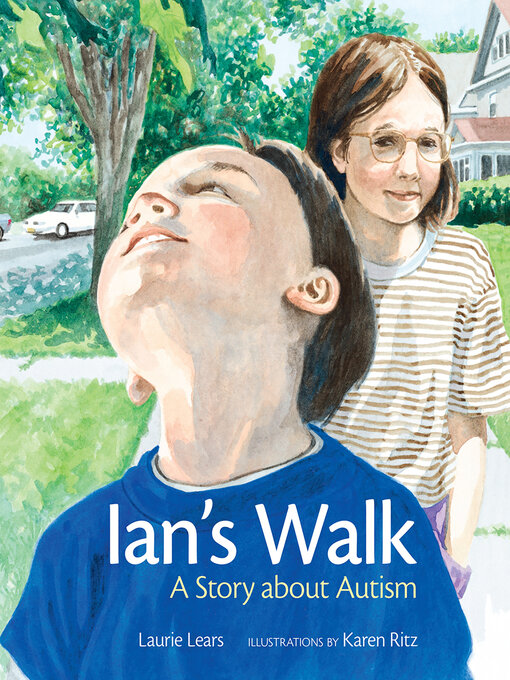Dolly Gray Children's Literature Award
2002 Children's Crown Gallery Award Master List
Pick of the Lists, American Bookseller
Outstanding Books for Young People with Disabilities 1999, IBBY
Julie can't wait to go to the park, But she's not sure she wants to take her little brother, Ian, who has autism.
Julie can't wait to go to the park and feed the ducks with her big sister, Tara. There's only one problem. Her little brother, Ian, who has autism, wants to go, too. Ian doesn't have the same reactions to all the sights and sounds that his sisters have, and Julie thinks he looks silly. But when he wanders off on his own, she must try to see the world through his eyes in order to find him.



